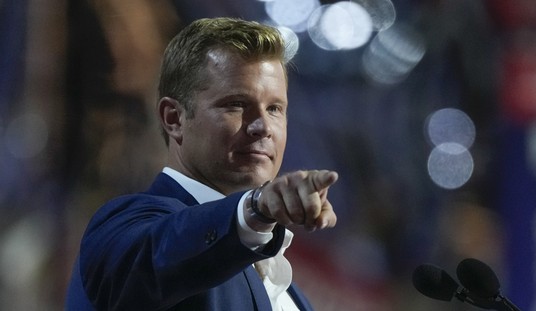 As U.S. and NATO forces have begun to withdraw from Afghanistan, problems previously manageable for the Afghan air force have become serious concerns, with no resolution in sight. As of June, the majority of their helicopters joined already grounded cargo planes deemed unfit to fly due to maintenance and safety issues such as missing parts, a lack of spare parts, and generally just being old. Their fleet is comprised of mostly Russian-made aircraft, with contributions from the U.S., the United Arab Emirates and other nations. According to Defense Minister Abdul Rahim Wardak, the situation is actually worse than it was 20 years ago. “When I was chief of staff of the Afghan army, I had 450 types of air assets. Today, we have 102. One hundred two, but mostly on the ground,” says Wardak. However, maintenance and safety problems aren’t the only issues that are keeping them grounded. The Afghan air force has been struggling with recruitment.
As U.S. and NATO forces have begun to withdraw from Afghanistan, problems previously manageable for the Afghan air force have become serious concerns, with no resolution in sight. As of June, the majority of their helicopters joined already grounded cargo planes deemed unfit to fly due to maintenance and safety issues such as missing parts, a lack of spare parts, and generally just being old. Their fleet is comprised of mostly Russian-made aircraft, with contributions from the U.S., the United Arab Emirates and other nations. According to Defense Minister Abdul Rahim Wardak, the situation is actually worse than it was 20 years ago. “When I was chief of staff of the Afghan army, I had 450 types of air assets. Today, we have 102. One hundred two, but mostly on the ground,” says Wardak. However, maintenance and safety problems aren’t the only issues that are keeping them grounded. The Afghan air force has been struggling with recruitment.
While tens of thousands in the country have joined the Afghan police and army, the air force only had 5,600 personnel as of June. Ads in newspapers last year attracted female recruits to the air force, in an effort to overcome a history of oppressing women that, according to Afghan President Harmid Karzai, still persists today. For the new female pilots, breaking into the male-dominated military comes with technical challenges as well.
One of those challenges is purely physical. According to British Royal Air Force Group Capt. Adrian Hill, deputy commander of the NATO Air Training Command-Afghanistan, stated that “quite a few” Afghan women would not be able to reach the switches in the cockpit due to their height and arm lengths. New air craft are being considered but some present similar challenges.
For instance, the Brazilian Super Tucano aircraft, which has a bid in for a contract to create crafts for the Afghan Air Force, would exclude 81% of women pilots, according to the standards the U.S. Air Force currently employs for height and weight. For example, a female pilot standing 5’3 and weighing 125 pounds would be unable to pilot the aircraft.
Not only does the Super Tucano severely limit the expansion of the Afghan air force, but working with the Brazilian company has potential security issues as well. Included in Embraer’s by laws is a provision called the “Golden Share”. According to Embraer:
The Golden Share provision empowers the Brazilian government with veto rights over: “Creation and/or alteration of military programs, whether or not involving the Federative Republic of Brazil;” “Development of third parties´ skills in technology for military programs;” and “Interruption of the supply of maintenance and replacement parts for military aircraft,” among other things.
In other words, the Brazilian government can control Embraer, which is troubling enough on it’s own and double so when considering their relationship with Iran.
Embraer is not the only company bidding to make these aircrafts. There has been an ongoing issue between the U.S. Air Force and an American company, Hawker Beechcraft, who also bid for the contract. After being inexplicably excluded from bidding last year after spending over $100 million working with the U.S. Air Force to develop the AT-6, Hawker sued and was subsequently allowed to reenter the competition. In addition to being an American company with none of the security concerns plaguing Embraer, Hawker claims that their Light Air Support aircraft was designed to accomodate 95% of female pilots.
Bidding reopened this past April and for the Afghan women who are the first in their air force, the decision will determine their fate and that of many other women who have waited their entire lives to proudly serve their country.













Join the conversation as a VIP Member